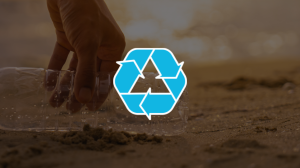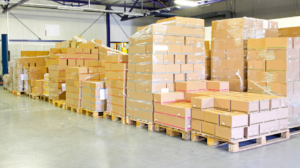Stop Blaming Developing Countries for the World’s Plastic Problem
In 2015, a report on Science revealed that the leading sources of plastic waste in oceans were in Asia, with China, Indonesia, and the Philippines in the top three spots. This information was considered groundbreaking and is still cited by legitimate media outlets when discussing environmental problems. But according to environmental advocates, it hardly shows the whole picture.
In reality, much of the world’s trash is actually manufactured by multinational companies headquartered in the West, according to the 2018 brand audit by #BreakFreeFromPlastic.
Those living in developed countries also produce a lot more waste than those in developing ones. Take the United States, for example. Its Environmental Protection Agency reported that in 2015, each person generated 4.48 pounds of municipal solid waste per day. This is a lot more than say, what a Filipino produced in 2016, which was reported at an average of .40 kilograms (.88 pounds) per day by the Philippines’ National Solid Waste Management Commission.
Some would argue that this is all fine because rich countries tend to have good recycling programs, but that comes at a price countries in Southeast Asia have to pay for. Froilan Grate, the Asia Pacific Coordinator for the Global Alliance for Incinerator Alternatives (GAIA) questioned the study and said that it was based on assumptions. These were extracted from data like population size and waste management systems.
“Recycling simply means that they send it to another country with the condition that it gets recycled, but it doesn’t matter if it actually gets recycled or not,” Grate said.
“Asia has been wrongly portrayed as the poster child for plastic pollution,” Mageswari Sangaralingam of the Consumers’ Association of Penang said during a press conference in the Malaysian state on Sunday. “The actual fact is that we have become the world’s dumping ground, arising from countries exporting their plastic problems.”
Read the full and original story on Vice.com



